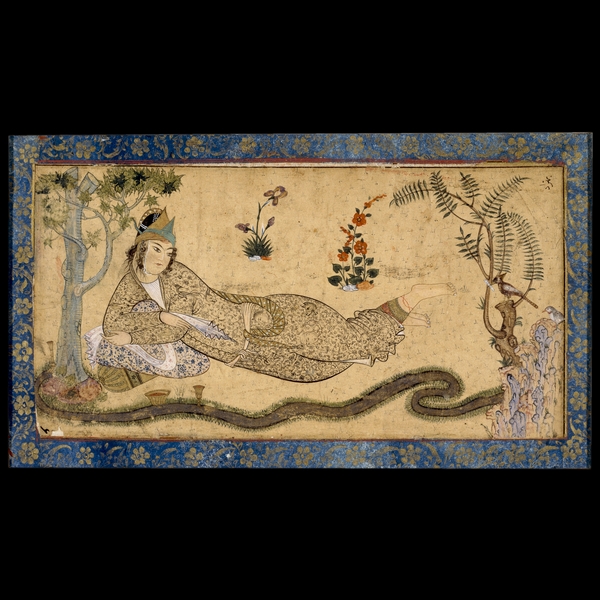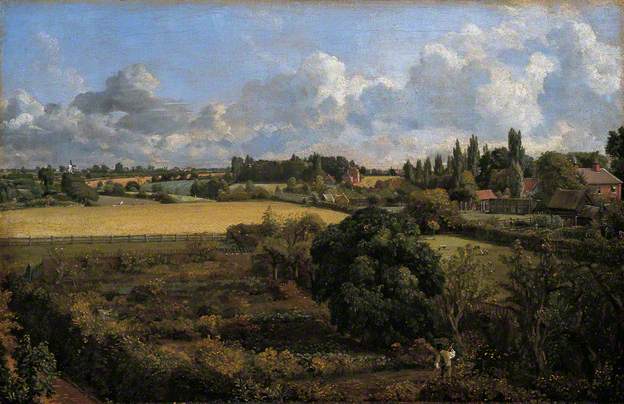Abraham Cowley, Sir Peter Lely, 1666-67
© National Portrait Gallery
Highly regarded in the seventeenth century, there are portraits of Cowley in several Oxford and Cambridge Colleges, and he was buried in pomp in Westminster Abbey. His reputation as a poet dwindled in later centuries, but he should also be remembered for his influence amongst those who founded the Royal Society; his Proposition for the Advancement of Learning was published in 1661 and he and his friend John Evelyn shared their interest in botany.
THE WISH
"Well then! I now do plainly see
This busy world and I shall ne'er agree.
The very honey of all earthly joy
Does of all meats the soonest cloy;
And they, methinks, deserve my pity
Who for it can endure the stings,
The crowd, and buzz, and murmurings,
Of this great hive, the city.
"Ah, yet, ere I descend to the grave,
May I a small house and large garden have;
And a few friends, and many books, both true,
Both wise, and both delightful too!
And since love ne'er will from me flee,
A Mistress moderately fair,
And good as guardian angels are,
Only beloved and loving me.
"O fountains! when in you shall I
Myself eased of unpeaceful thoughts espy?
O fields, O woods! when, when shall I be made
The happy tenant of your shade?
Here's the spring-head of Pleasure's flood:
Here's wealthy Nature's treasury,
Where all the riches lie that she
Has coin'd and stamp'd for good.
"Pride and ambition here
Only in far-fetch'd metaphors appear;
Here naught but winds can hurtful murmurs scatter,
And naught but Echo flatter.
The gods, when they descended, hither
From heaven did always choose their way:
And therefore may we boldly say
That 'tis the way too thither.
"How happy here should I
And one dear She live, and embracing die!
She who is all the world, and can exclude
In deserts solitude.
I should have then this only fear:
Lest men, when they my pleasures see,
Should hither throng to live like me,
And so make a city here."
Abraham Cowley, 1618-1667.
Cowley was a staunch Royalist, carrying secret letters between Henrietta-Maria from exile in France and Charles I. Having lived through the political and religious upheaval under Charles I, Cromwell and Charles II, it is not surprising that Cowley echoes Virgil and Horace in his picture of a quiet rural life (although he never married). But for the modern reader, Andrew Marvell says it so much better.


















































